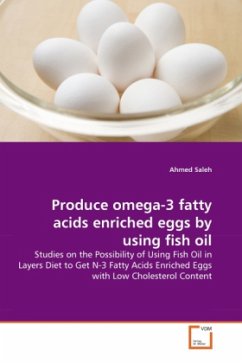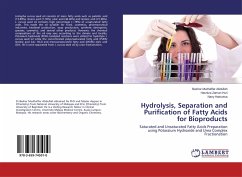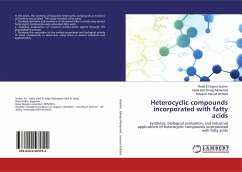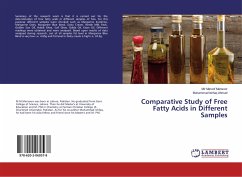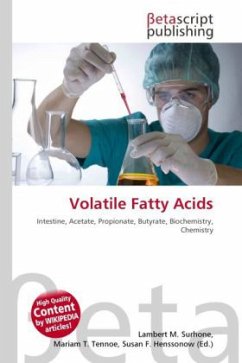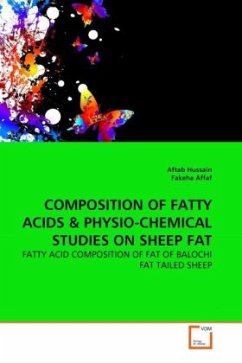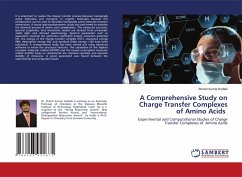
Effects of Heavy Metals on Omega-3 Fatty Acids
In Tilapia Fish from Winam Gulf
Versandkostenfrei!
Versandfertig in 6-10 Tagen
36,99 €
inkl. MwSt.

PAYBACK Punkte
18 °P sammeln!
Over the years, heavy metal pollution has continued to cause instability to aquatic ecosystems. The pollution is mostly from anthropogenic sources like mining activities, sewage treatment plants and non point sources such as agriculture. Lake Victoria being the largest fresh water lake in Africa, has suffered a lot of pollution emanating from the aforementioned sources. The lake plays a major economic role in the economies of the riparian nations especially from fishing. Fish is the major source of polyunsaturated fatty acids (PUFAs) such as omega - 3 and omega - 6 which are very beneficial to...
Over the years, heavy metal pollution has continued to cause instability to aquatic ecosystems. The pollution is mostly from anthropogenic sources like mining activities, sewage treatment plants and non point sources such as agriculture. Lake Victoria being the largest fresh water lake in Africa, has suffered a lot of pollution emanating from the aforementioned sources. The lake plays a major economic role in the economies of the riparian nations especially from fishing. Fish is the major source of polyunsaturated fatty acids (PUFAs) such as omega - 3 and omega - 6 which are very beneficial to human body. Once an aquatic environment is polluted with heavy metal pollutants, it may lead to high intake of the pollutants by the fish hence lowering the levels of the essential fatty acids. This study was carried out so as to investigate if there was any impact of heavy metal pollutants on the types and levels of omega -3 in tilapia fish and also in microalgae which is the basic food ofthe fish. The results showed presence of heavy metal pollutants in water, sediments, microalgae and fish. Tilapia fish was found to have high proportions of PUFAs which have numerous benefits in the body.



